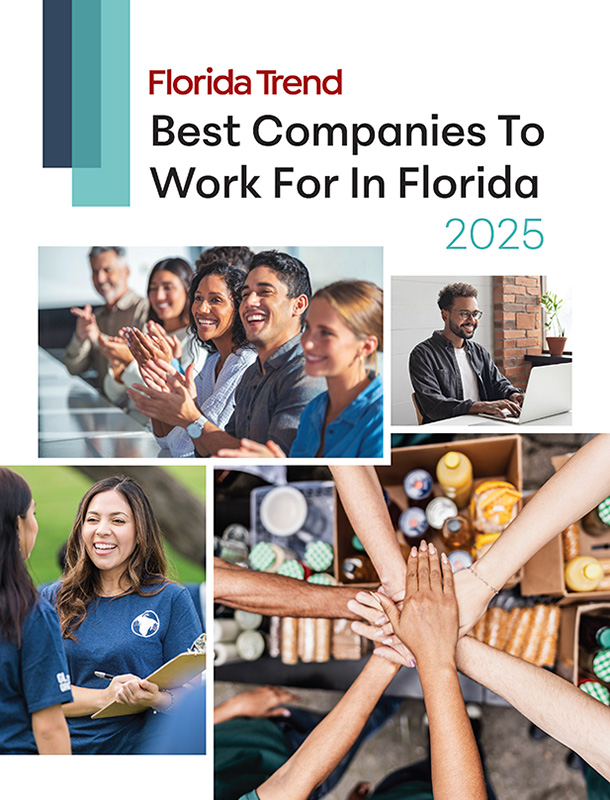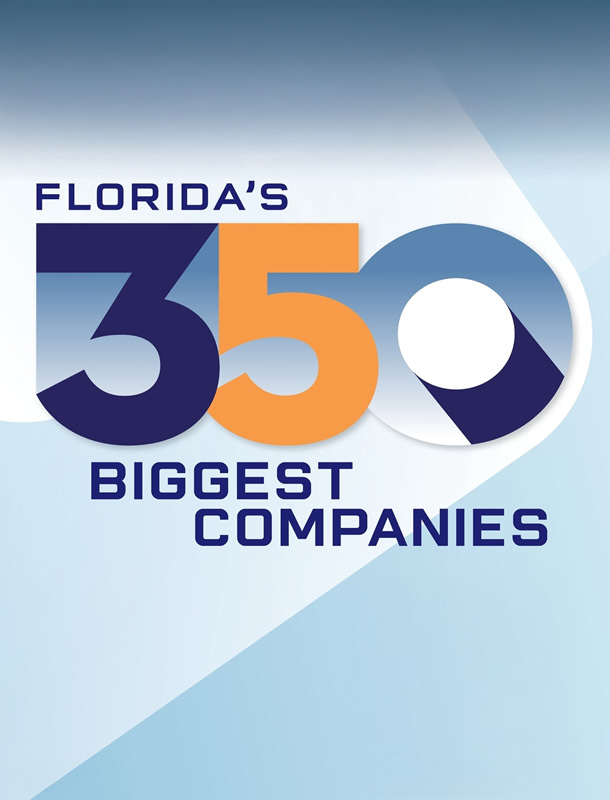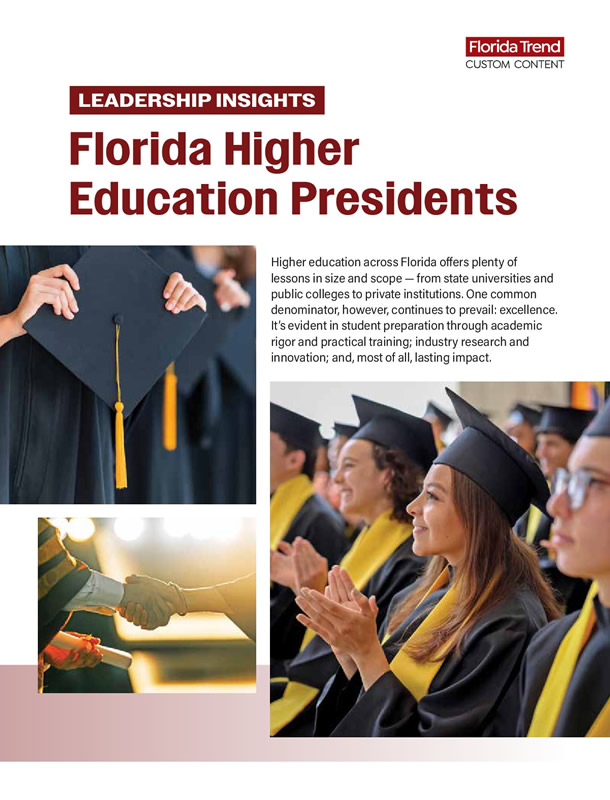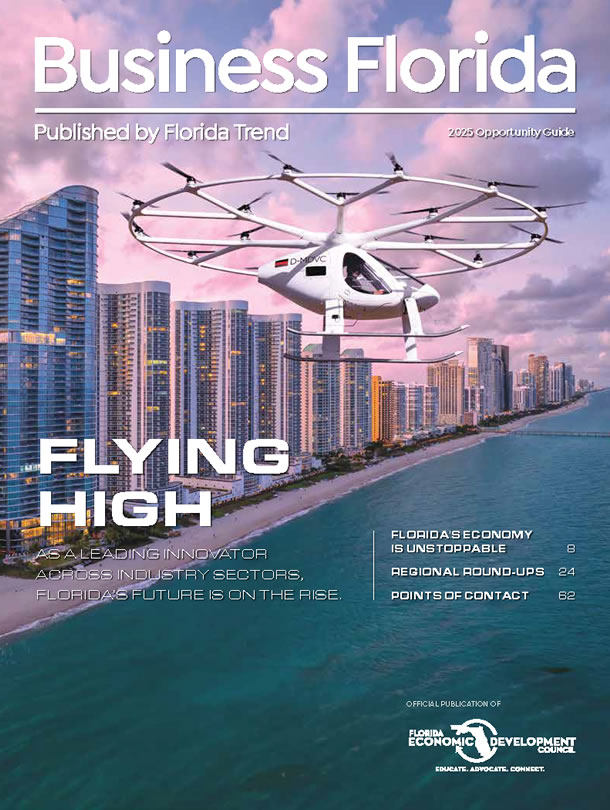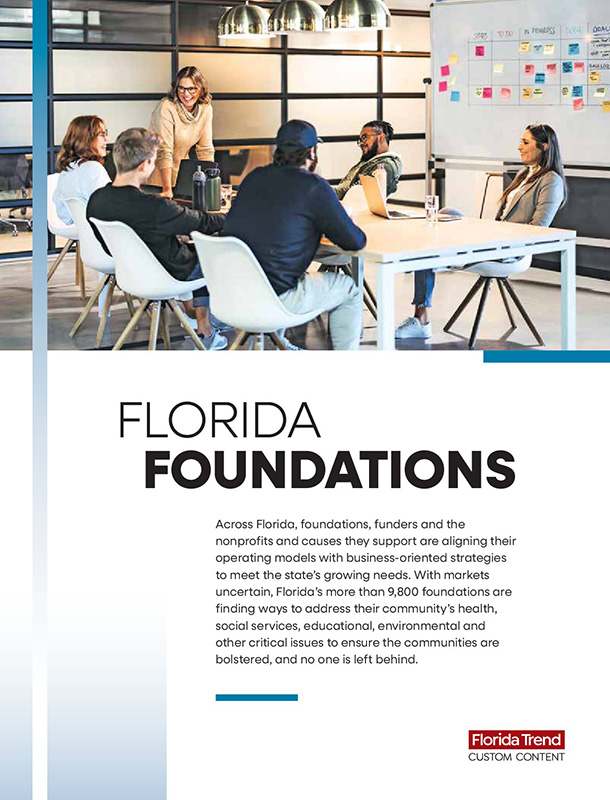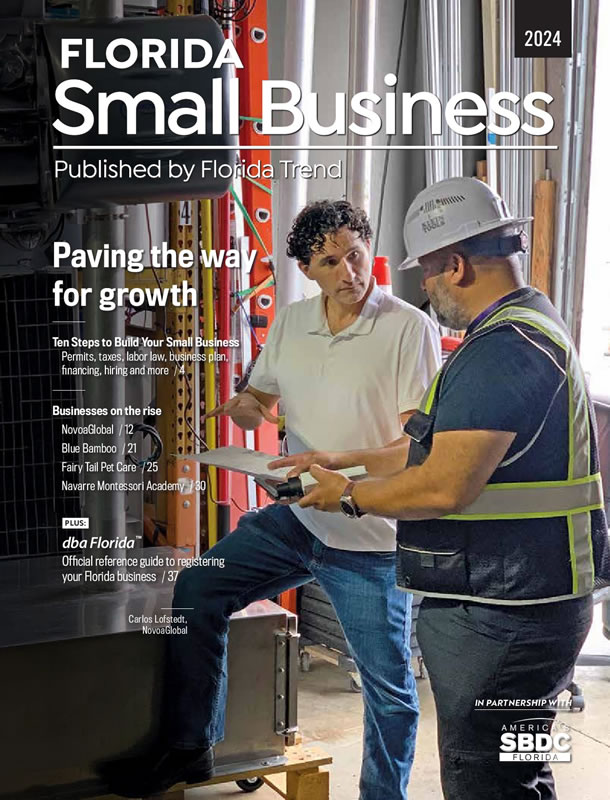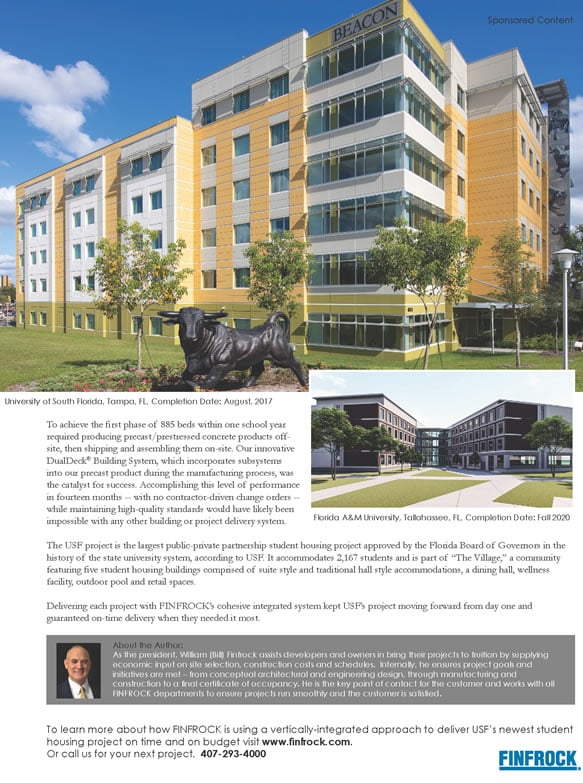Southeast
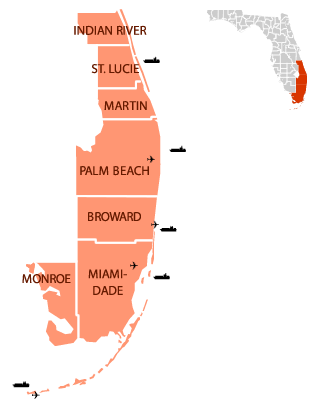
Southeast stands out among Florida’s regions for many reasons: largest population, largest labor pool, longest ocean coastline, most seaports, closest to Latin America, home to three national parks and the world’s busiest cruise port. And with so many business advantages — including ready proximity to global markets, a multicultural and multilingual workforce, superior educational institutions and an exceptional quality of life — the challenge for companies considering relocation to one of these seven counties is less about finding the right site than it is about choosing just one.
With five deepwater ports, four international airports and a multimodal network of rail and roads connecting them all, the Southeast region can rightly be called Florida’s gateway to the world. It’s no wonder that companies bearing familiar names and in need of seamless logistics are drawn to Florida’s Southeast: Online pet retailer Chewy.com is headquartered in Dania Beach and has recently opened a 100,000-sq.-ft. customer service center in Hollywood; online home goods retailer Wayfair opened a 47,320-sq.-ft. distribution center earlier this year in Pompano Beach; and an 855,000-sq.-ft. Amazon fulfillment center is expected to open in Opa-Locka before the end of 2018.
International trade is one of this region’s primary industry sectors and, not surprisingly, the Miami metro — which spans Miami-Dade, Broward and Palm Beach counties — plays a pivotal role. A new research brief from FIU + CCG | Miami Urban Future Initiatives ranks Miami first — ahead of Los Angeles and New York — among large U.S. metros according to the amount of merchandise goods, commodities and cargo that it transports internationally (1.5 million tons in 2016). Additionally, at $33.3 billion in 2015, Miami is No. 7 — ahead of Dallas, New Orleans and San Francisco — among large U.S. metros for its exports (goods and services that are produced locally and sold internationally).
PortMiami is the closest U.S. East Coast deepwater container port to the Panama Canal. In 2017, the port moved 1.02 million TEUs of containerized cargo and 9.2 million tons overall. During the same period, PortMiami reaffirmed its position as the world’s busiest cruise port, welcoming a record-breaking 5.3 million cruise passengers and signing its third agreement with a major cruise line in recent years to build a new terminal. Royal Caribbean’s Terminal A is scheduled for completion in October 2018, with Norwegian’s Terminal B to follow in fall 2019. Completion of a third terminal is anticipated by fall 2022.
Just up the coast in Fort Lauderdale, Port Everglades retained its standing as Florida’s No. 1 container port in 2017, moving 1.08 million TEUs in 2017 and helping to boost the port’s total tonnage from 6.7 million in 2016 to 7.3 million. And with 3.7 million multiday cruise passengers, Port Everglades ranks as the world’s third largest cruise port. Business was also brisk at the Port of Palm Beach, where 260,324 TEUs and 502,876 cruise ship passengers moved through in 2017.
The airways over Southeast Florida are equally impressive. Miami International ranks first for international freight and second — just behind JFK and ahead of LAX — among large U.S. airports for number of international passengers served. In 2017, MIA handled 2.2 million total tons of freight, and in early 2018, was granted foreign trade zone status by the U.S. Department of Commerce. A total of 44.1 million passengers — 49% of them international — passed through MIA in 2017, and that figure is almost certain to increase. MIA has recently added service from Qatar, Istanbul, Dublin, Reykjavik and Tel Aviv to its roster of markets served and is making plans to add direct service to Asia by the end of 2018.
Fort Lauderdale-Hollywood International served 32.5 million passengers in 2017, an 11% increase over the previous year and the airport’s fourth consecutive year of double-digit growth in international traffic. Palm Beach International Airport recorded a passenger increase of just under 1% in 2017 for a total of 6.3 million passengers.
Considering Southeast Florida’s stellar connections, it should come as no surprise that this region is home to the corporate headquarters of many logistics and travel-related companies, including Carnival Corporation, Norwegian Cruise Line, Royal Caribbean Cruises, FedEx Latin America, Ryder Integrated Logistics, SEACOR Holdings and Spirit Airlines. And more are on the way:
• Virgin Voyages, a new cruise company from global Virgin brands, plans to site its headquarters and 300 jobs in Plantation. Virgin Voyages’ first ship, weighing in at approximately 110,000 gross tons, is scheduled to arrive at PortMiami in 2020.
• German-based global auto rental company Sixt, which opened its first U.S. location at Miami International Airport in 2011, will locate its new and expanded North American headquarters in Fort Lauderdale with the expectation of 300 jobs.
• In May 2018, JetBlue selected Fort Lauderdale as the home for its JetBlue Travel Products subsidiary, and Spirit Airlines is growing in Miramar, adding 26,287 square feet to its corporate headquarters.
A thriving technology sector in Southeast Florida is proof that Silicon Valley isn’t this country’s only source of cutting-edge innovation. In 1980, a team of engineers in Boca Raton designed and built a computer that would change workplaces forever. It was the first IBM PC. In the nearly 40 years since, Florida’s tech industry has grown to become third largest in the U.S. and one of the Southeast region’s primary economic drivers.
Long-time leading players in this sector include two Broward County-based companies: Citrix and Ultimate Software.
Founded in Fort Lauderdale in 1989, Citrix aims to simplify digital access to apps and data in order to help businesses take advantage of cloud, collaboration, networking and virtualization technologies. Citrix serves more than 400,000 businesses, including 99% of Fortune 100 firms, and, in 2017, posted annual revenue of just under $3 billion.
Ultimate Software, a Southeast Florida fixture since 1990, develops software to manage time, labor, payroll and other human resources tasks. The Weston-based company employs 1,700 workers in south Florida and in 2018, topped Fortune magazine’s list of “Best Workplaces in Technology” for the third consecutive year and its “100 Best Workplaces for Millennials” list in 2017 and 2018.
Meanwhile, all across the region, new tech companies are continuing to form and older companies to expand:
• United Technologies’ UTC Center for Intelligent Buildings opened in April 2018 in Palm Beach Gardens. The $115-million facility serves as both a headquarters for UT’s Climate Controls and Security division and a showcase for the latest innovations in HVAC and refrigeration systems, building controls and fire and security systems. The project, which has already created 380 jobs, is expected to add another 100 by 2021.
• Plantation-based tech company Magic Leap, which has raised more than $2 billion in venture capital over the last two years to create sophisticated 3D software, has brought its first product to market. The Magic Leap One Creator Edition retails for $2,295 and is currently available in six cities, including Miami.
• Health care IT company Modernizing Medicine is on track to create 838 jobs as it expands operations in Boca Raton. Founded in 2010, the firm currently employs 550.
• Belcan, a global supplier of engineering, technical recruiting and IT services for the aerospace, defense and industrial sectors with more than 8,000 employees worldwide, is adding 200 employees at its West Palm Beach location.
Recognizing that a growing technology sector needs a well-trained workforce, Florida International University in Miami began offering a bachelor’s degree in the Internet of Things in 2018. The degree is designed to prepare students for careers as hardware and software engineers, wireless communications specialists and cybersecurity professionals. Similar degrees are offered at a handful of universities throughout the world; FIU’s degree is the first from a U.S. university.
Southeast Florida has long been touted as a great place to live and work; now there’s proof. Responding to a recent survey for the staffing firm Robert Half International, 80% of south Florida professionals rated their work-life balance as either “excellent” or “good.” And no wonder, given this region’s wealth of options for things to see and do.
Browse the eclectic galleries and boutiques in Miami’s artsy Wynwood neighborhood. Take an airboat ride through the Everglades. Go beachcombing on Jupiter Island. Shop for designer goods along Worth Avenue in Palm Beach and for outlet goods at Sawgrass Mills. Get up close and personal with a giraffe at Zoo Miami, a rhino at Lion Country Safari or 20,000 butterflies at Butterfly World in Coconut Creek. Take a leisurely drive down U.S. 1 to Key West for great history, sunsets and underwater adventure — the world’s third largest coral barrier reef system is just a few miles offshore. Play a round of golf, then watch the pros compete in your favorite team sport; depending on the season, there’s football, hockey, baseball, basketball, soccer and even polo here to enjoy. Or just sit beside the sea with a good book in one hand and a con leche or Cuba libre in the other.
And speaking of the ocean, Southeast Florida offers plenty of open spaces and natural wonders for your enjoyment too. This region boasts three national parks: Biscayne (surrounded by water but within the Miami city limits); Everglades (just a short drive west of the city); and Dry Tortugas (70 miles from Key West and accessible only by boat or seaplane, but worth the trip). Also in this region: some two dozen state parks for hiking, fishing, kayaking, camping and more, plus three of TripAdvisor’s 2018 “Top 10 Travelers’ Choice Beaches in the U.S.” — South Beach in Miami-Dade County (No. 4) and Fort Lauderdale and Hollywood beaches in Broward County (Nos. 6 and 8, respectively).
Southeast Florida's educational options earn an A+ for academic excellence and ready availability. Twenty Southeast Florida high schools garnered gold medals in U.S. News & World Report’s “2018 Best High Schools” rankings; 10 were named among the top 125 nationwide. Miami-Dade is this region’s largest school district and fourth largest in the U.S. It is also one of the most improved. In 2017, two-thirds of all Miami-Dade schools earned grades of A or B.
This region is also home to 20 not-for-profit institutions of higher education, including the University of Miami, ranked No. 46 on U.S. News & World’s Report’s “Best Colleges 2018” and No. 18 on its list of “Best Colleges for Veterans,” and Florida Atlantic University, which is partnering with Max Planck Florida to launch a first-of-its-kind undergraduate honors program in neuroscience.
Also in this region: Nova Southeastern University, began training M.D.s at its new allopathic medical school in fall 2018; Broward College, Indian River State College and Miami-Dade College, all finalists for the 2019 Aspen Prize for Community College Excellence; and Florida Memorial University, offering one of just 34 AABI accredited bachelor of science in aviation management programs and one of only four designated Cessna pilot training programs nationwide.
Health care in Florida's Southeast is top-notch too. For the 15th consecutive year, Miami-based Bascom Palmer Eye Institute was named best hospital for ophthalmology on U.S. News & World Report’s Best Hospitals 2018-19. Also cited: Cleveland Clinic in Weston for gastroenterology (No. 25) and orthopedics (No. 42) and University of Miami Hospital for ear, nose and throat (No. 41). Two Miami-based hospitals were named among the nation’s top 50 on U.S. News & World Report’s Best Children’s Hospitals 2018-19: Holtz Children’s Hospital for diabetes and endocrinology and Nicklaus Children’s Hospital for cardiology, neonatology, neurology and neurosurgery, orthopedics, pulmonology and urology.
Four Southeast counties are among the top 10 counties in Florida for health outcomes according to a recent study. Rankings by the University of Wisconsin Population Health Institute and Robert Wood Johnson Foundation put Martin in the No. 3 position statewide, followed by Miami-Dade at No. 5, Palm Beach at No. 8 and Broward at No. 10.



